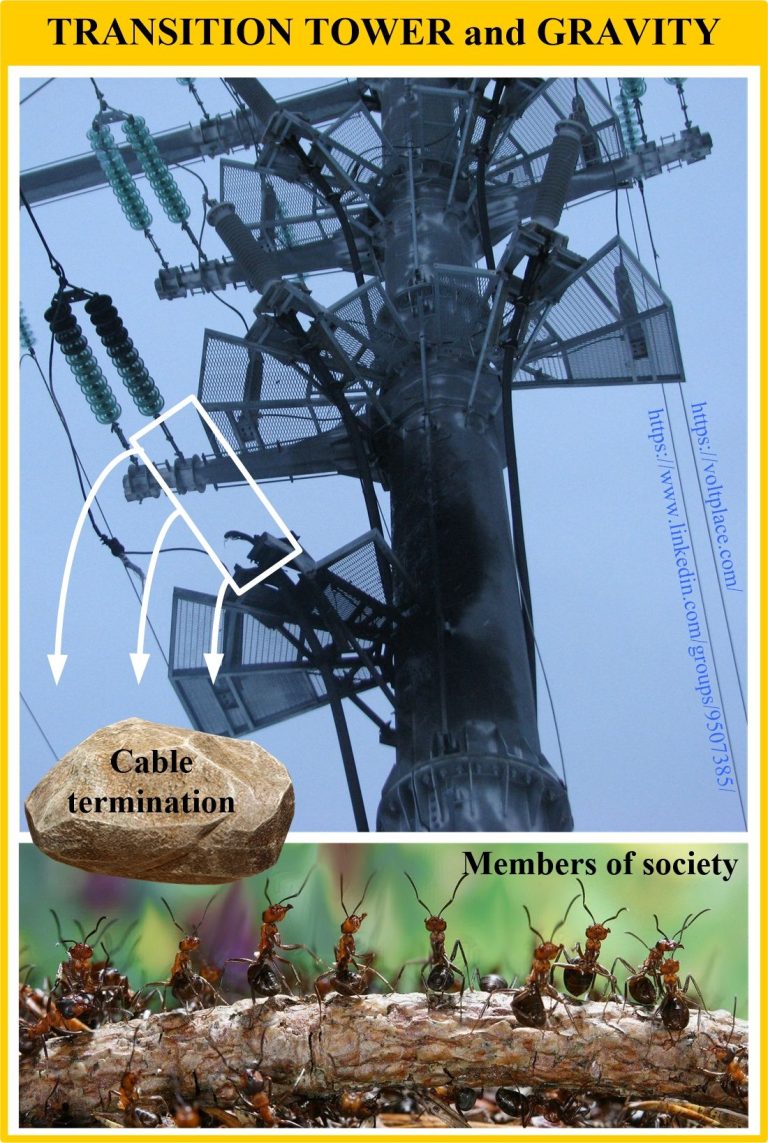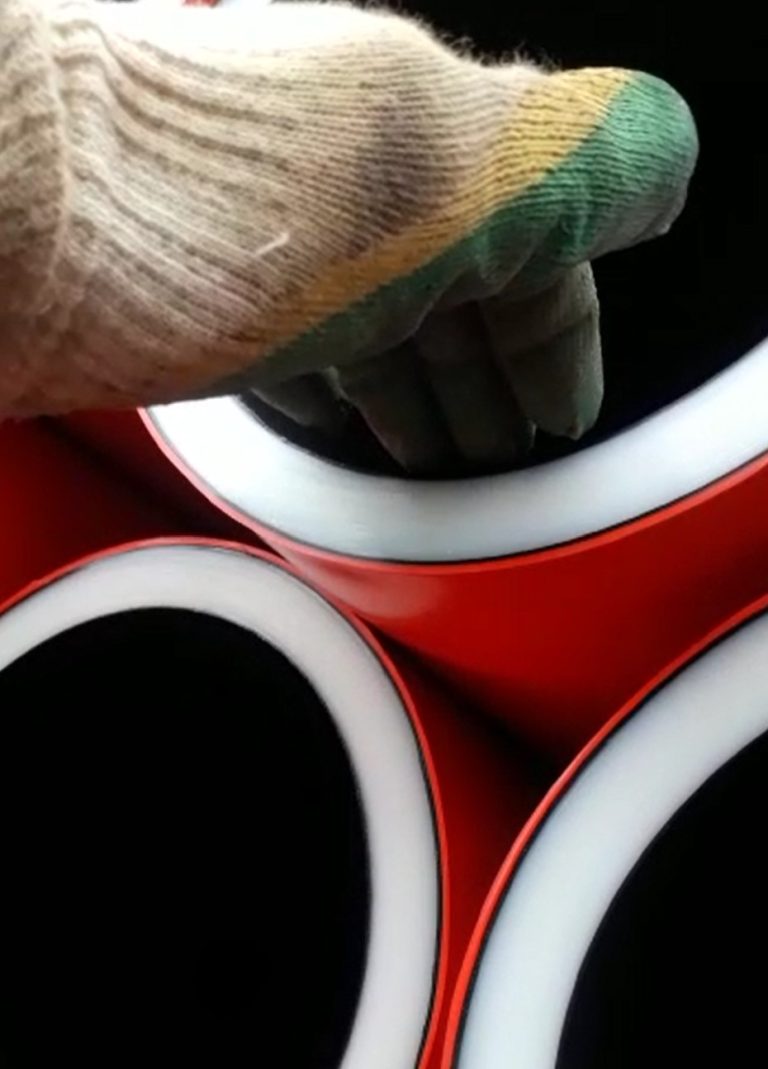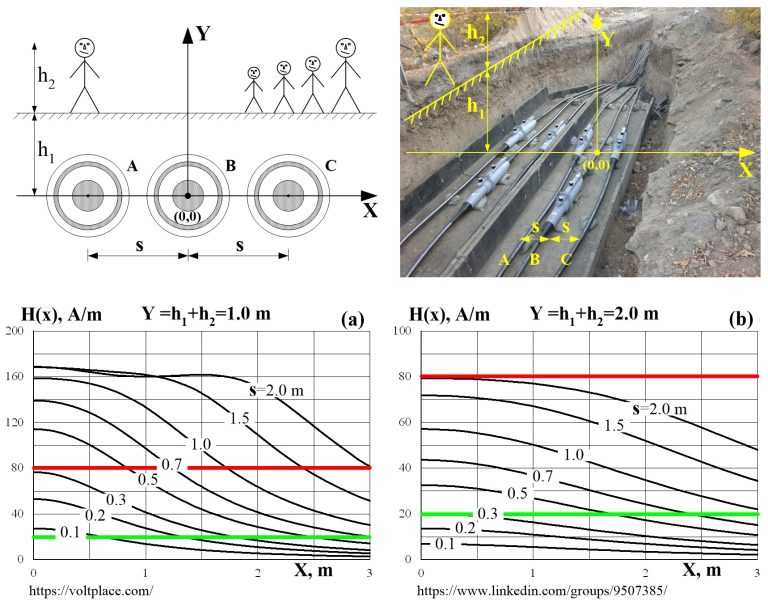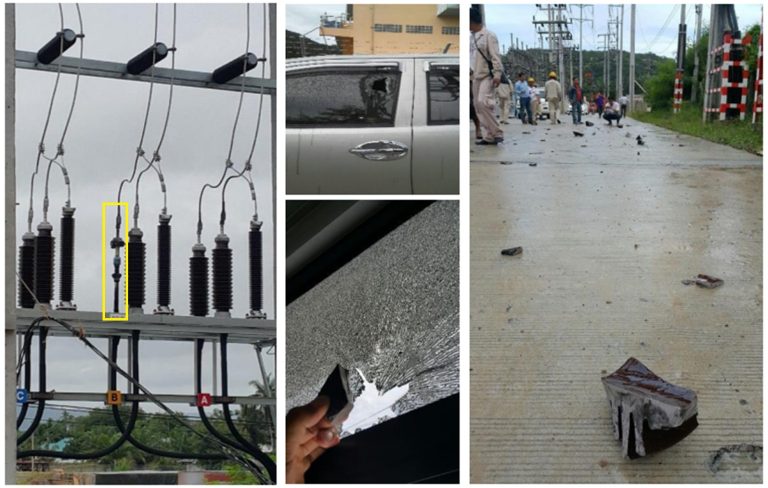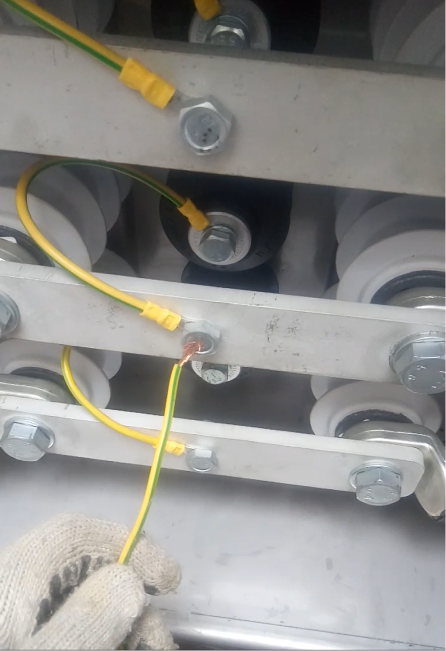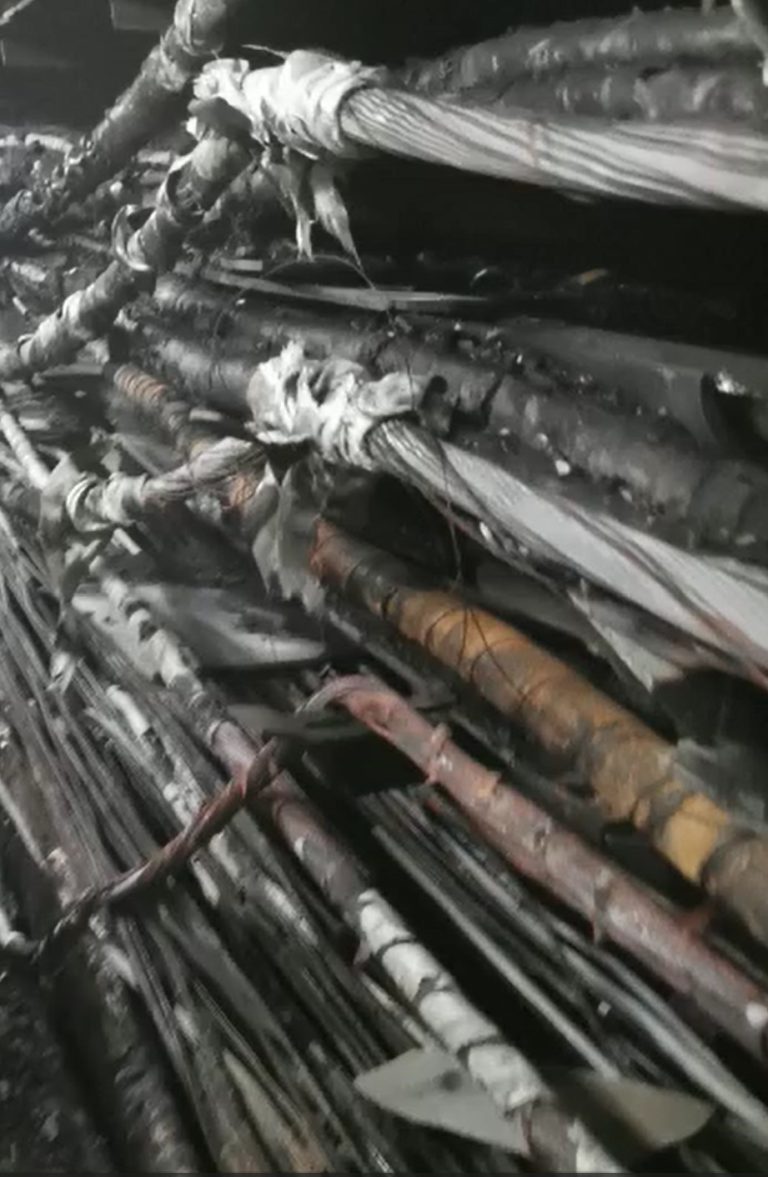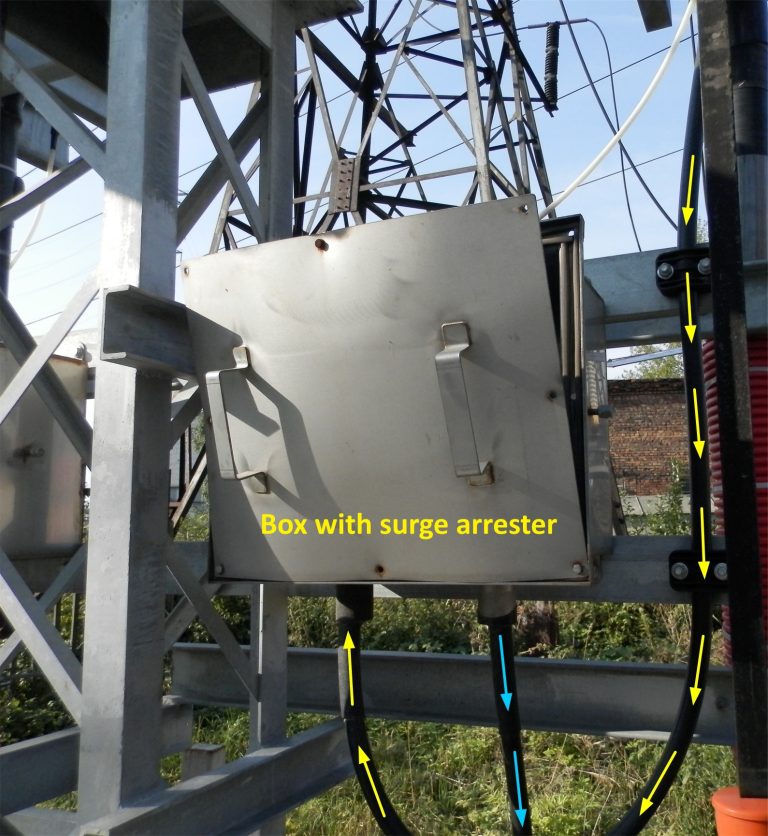Cable line transition tower damages
One of the weak points of cable lines is cable joints and terminations. Despite all the efforts of specialists who develop and install the joints/terminations, there are still many damages. The consequences of damage will vary depending on the location features. There are at least the following typical locations:1️⃣ Joints in the ground.2️⃣ Joints in

